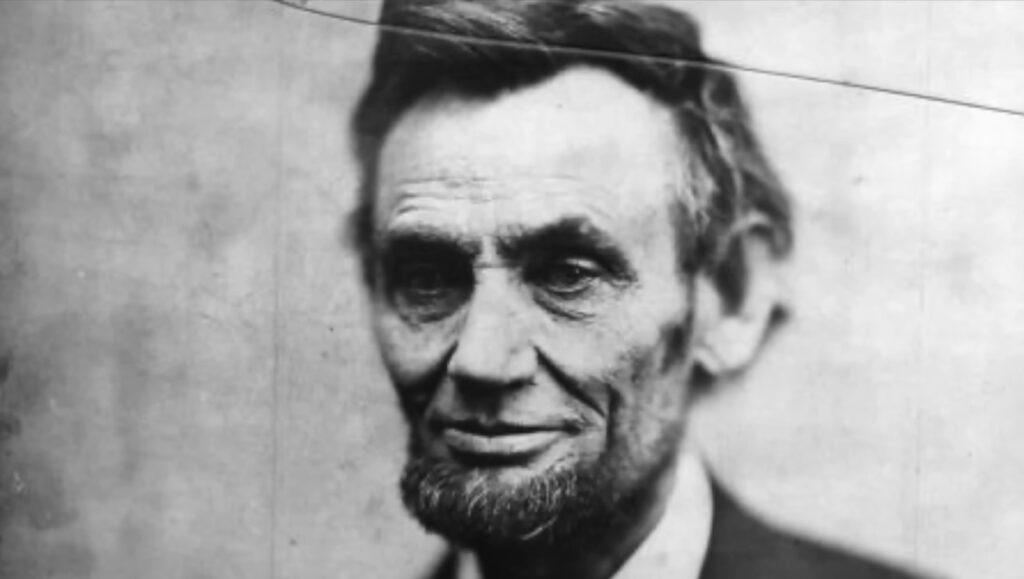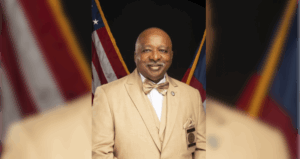
The final photographs of deceased U.S. presidents offer a poignant glimpse into their last moments. A recent video by photographer and meteorologist Alex Cooke explores these images, scrutinizing the context and significance behind each shot. The video spans from the portrait era to early daguerreotypes and modern press images, revealing how these snapshots capture not only the individuals but also the historical circumstances surrounding their last days.
Historical Context and Misattributions
Each photograph tells a story, and the video emphasizes the importance of understanding the provenance of these images. For instance, Abraham Lincoln was photographed on March 6, 1865, just months before his assassination, while Dwight D. Eisenhower was captured visiting Walter Reed Hospital with Richard Nixon on February 2, 1969. The video highlights the significance of these moments, not as morbid recollections but as historical markers that reflect the lives of these leaders.
Careful attention is given to the potential for misattribution, particularly regarding William Henry Harrison. The widely circulated photograph often attributed to him is actually a reproduction of an 1840 portrait rather than an original image. The discussion includes Franklin D. Roosevelt, who appears in various photographs from 1918, presenting an opportunity for nuanced interpretations rather than forcing a singular narrative.
Moments That Shape Perception
The treatment of William McKinley is particularly noteworthy, as the video details the sequence of images taken during the Temple of Music event in Buffalo on September 6, 1901. It identifies the final angle captured inside the venue, steering clear of more dramatic outdoor shots. Such specifics encourage viewers to reconsider the significance of timing and perspective in historical documentation.
The video also addresses how images can reshape our understanding of legacy and mortality. For example, Ulysses S. Grant was photographed just days before his death in July 1885, presenting a figure aware of his legacy, which influences how one interprets his posture and expression. Similarly, a 1930 photograph of William Howard Taft in a wheelchair underscores how medical context can play a pivotal role in late-life imagery, reminding viewers that aides captured in the frame are integral to the narrative.
Ultimately, the video transcends being a mere catalog of final photographs. It invites viewers to reflect on the human stories behind these historical figures, emphasizing how subtle details—a smile, a setting, or a gesture—can reveal much about the individuals who occupied the highest office in the United States.
For a deeper exploration of these powerful images and their implications, the full video can be found above.






